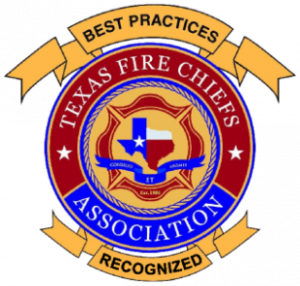Car Seat Safety Information
Motor vehicle injuries are the leading cause of death among children in the United States. Many of these deaths can be prevented. Placing children in age- and size-appropriate car seats and booster seats reduces serious and fatal injuries by more than half.
To help you through the process of finding the right size car seat, installing it correctly, and keeping your child safe, visit Safe Kids website or follow the steps below.
Choosing the right type of car seat.
1. Rear-Facing Car Seat
Birth-12 Months
Your child under age 1 should always ride in a rear-facing car seat. There are different types of rear-facing car seats:
Infant- only seats can only be used rear-facing.
Convertible and all-in-one car seats typically have higher height and weight limits for the rear-facing position, allowing you to keep your child rear-facing for a longer period of time.
1 – 3 Years
Keep your child rear-facing as long as possible. It’s the best way to keep him or her safe. Your child should remain in a rear-facing car seat until he or she reaches the top height or weight limit allowed by your car seat’s manufacturer. Once your child outgrows the rear-facing car seat, your child is ready to travel in a forward-facing car seat with a harness and tether.
2. Forward-Facing Car Seat
4 – 7 Years
Keep your child in a forward-facing car seat with a harness and tether until he or she reaches the top height or weight limit allowed by your car seat’s manufacturer. Once your child outgrows the forward-facing car seat with a harness, it’s time to travel in a booster seat, but still in the back seat.
3. Booster Seat
8 – 12 Years
Keep your child in a booster seat until he or she is big enough to fit in a seat belt properly. For a seat belt to fit properly the lap belt must lie snugly across the upper thighs, not the stomach. The shoulder belt should lie snugly across the shoulder and chest and not cross the neck or face. Remember: your child should still ride in the back seat because it’s safer there.
4. Seat Belt
13+ Years
Keep your child in a booster seat until he or she is big enough to fit in a seat belt properly. For a seat belt to fit properly the lap belt must lie snugly across the upper thighs, not the stomach. The shoulder belt should lie snugly across the shoulder and chest and not cross the neck or face. Remember: your child should still ride in the back seat because it’s safer there.
To install your car seat correctly, follow the manufactures recommended instructions. If you need additional help in the installation of the car seat for your child, you can contact any of the agencies in the file below for certified car seat fitting stations. Please visit the National Highway Traffic Safety Administration (NHTSA) website, and search by city or zip code for the closest location.
To see if there is a recall on your child's car seat, please check with the National Highway Traffic Safety Administration (NHTSA) website.


